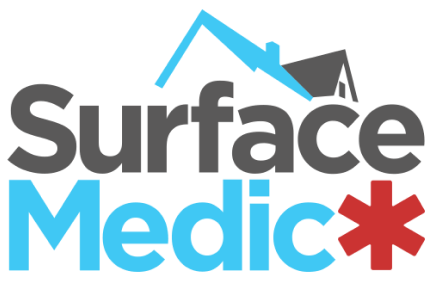How to Clean a Deck
A well-designed deck can be the hub of your outdoor living space. It’s where you entertain guests, eat meals with your family, and relax on warm summer evenings. Read on for some ideas.
A regular wood deck can become a slip-and-fall hazard, and fungi like mold and mildew can cause serious damage to your wood. Manual cleaning can’t always fully remove these fungi, but a power washer certainly can.
1. Sweep
Springtime is wonderful, but pollen isn’t, and it tends to cling to and build up on outdoor furniture and decks. Sweep regularly to remove this grit before it causes permanent damage or staining.
A standard broom or a power broom can be used to sweep the entire surface of your deck, but for tougher stains, try a stiff-bristled brush and a cleaning solution compatible with your deck material (whether it’s natural wood or composite). Avoid chlorine bleach, which will damage the wood over time.
A cleaner that contains mildewcide is essential, as it will kill the fungi and prevent them from returning. It’s available in premixed formulas or as a liquid concentrate. If you choose the latter option, test it in an inconspicuous spot first to ensure that it doesn’t react with the cedar and cause fuzzing.
2. Rinse
Once you have swept your deck and removed any furniture, grills, or plants that could be in the way of cleaning it thoroughly, rinse it with your garden hose. A light rinsing will help soften dried cellulose fibers and make it easier to brush or scrub off the remaining dirt, food, oil, mildew, mold, lichen, and algae.
Expert Tip: You can also use a homemade cleaner made from 2-3 gallons of warm water, 2 cups of powdered oxygen bleach (such as OxiClean), and 1/4 cup of liquid dishwashing detergent. This solution is non-toxic, safe for plants, will not damage garden greenery, and will remove stubborn stains from wood decking.
Cleaners containing chlorine bleach are not recommended for treating wood, as excessive usage can damage the surface of the deck by whitening it unnaturally and raising the grain, corroding metal fasteners, and harming plant life.
3. Scrub
Sweeping a deck regularly (daily, ideally) removes loose dirt before it can grind into the wood surface and create mildew or mold growth. It also clears the deck of slip hazards and foreign objects, such as rocks and toys, that can become projectiles when launched by the devil’s playthings – junior sailors!
For more stubborn stains, a commercial deck cleaner can be used. Before applying, carefully read the product label for dilution instructions and use a sprayer or brush to spread evenly. Protect shrubs and plants with a plastic drop cloth to prevent over-spray onto desirable vegetation.
Alternatively, a simple homemade cleaning paste made from soda crystals and water can be applied to the deck. This method is inexpensive and doesn’t require any special equipment or training. It is especially effective on rust stains around screw heads and along the wood grain.
4. Apply a Wood Brightener
Many commercial cleaners use chlorine bleach (sodium hypochlorite) to clean decks and can damage treated wood by raising the pH. This changes the natural color of the wood and makes it more difficult for oil-based stains to penetrate the pores of the wood.
Apply a wood brightener after the caustic deck cleaning product to lighten and neutralize the deck before staining. This step is essential to getting the best results out of your stained wood deck.
Mix your wood brightener concentrate with water according to the instructions and spray the deck, focusing on areas that are darker than others. Thoroughly saturate the deck boards and wait for several minutes before rinsing again. This will help drive the natural tannins back down into the wood, eliminating rust and tannin stains caused by fallen leaves.
5. Pressure Wash
After removing any furniture, plants, or other items from the deck, use a hose with a pressure washer to thoroughly clean it. When using a pressure washer, always hold the nozzle at least 6-12 inches away from the wood to avoid etching or damaging it.
Pressure washing your deck removes accumulated mold, mildew, dirt, grime, and other debris that can cause damage to your home. It also helps you spot any areas of damage like chips, cracks, or rotting boards that may go unnoticed when they are covered with a buildup of material.
Once your deck is thoroughly cleaned, allow it to dry completely before moving your outdoor furniture back onto it. Waiting until the deck is dry also allows additional treatments like staining or sealing to be applied. Read next.


